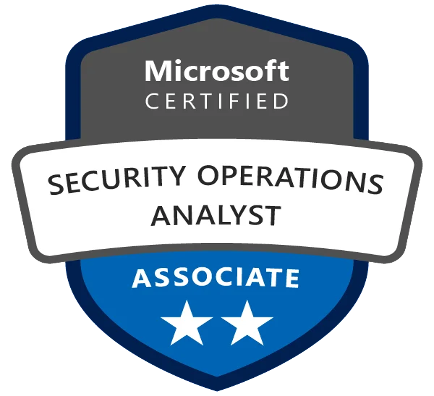Best Practices Manual for PAM
- Manpreet Singh
- Sep 9, 2024
- 3 min read
The use of a PAM solution has become essential in companies, considering the need for all markets to stop data leaks, ensure their security, protect the development, avoid cyberattacks in their corporations, identify harmful users on the server, be in compliance with new legislation, among other points that are tackled through a PAM solution. But with the cybersecurity boom, some gaps in the implementation of this type of technology have been overlooked in some companies.

WHAT TO CONSIDER BEFORE GETTING A PAM SOLUTION
Tracking and Protection of all Privileged Accounts
It is very difficult to manage access to a system without using a PAM solution. For this measure to be implemented correctly in your company, the choice of the ideal tool must be analyzed very carefully.
The first point that you should know is: getting a PAM solution does not mean ending your credential problems. Before that, the company must have a PAM-centered vision about its business. Therefore, first of all, it is essential to define your PAM goals so that you can choose the right tools to achieve them with the implementation of new processes within the company, aiming at the Four Pillars of PAM.
Points to note:
Track and protect all privileged accounts from your corporation, which include: privileged accounts, shared accounts, application credentials, service accounts, third-party accounts, etc.
Identify people who have access.
Identify which of the credentials have critical information, for example: IP, PPI, PHI, etc.; and implement privileged access security
Remember to monitor areas outside the IT environment, such as HR, Finances, and Marketing
GOVERNING AND CONTROLLING ACCESS
After identifying all the points that must have a layer of protection in a credential, there must be a professional responsible for making the necessary changes and counting the privileged accesses.
For example:
This person could offer temporary privileged access for a user to perform a certain task, and after the specified time, the access and the credentials would expiry. In addition to having a responsible person, the PAM system will ensure that all requests are made successfully and without deviations of information, leaving the record of all privileged accesses. A good way to implement this process at your company is by documenting when, what, where, who, and why the user is requesting access for a specific type of task.
RECORDING AND AUDITING
It is recommended that you get a PAM tool that records as much information as possible from what the user has done, so you will have greater control over the available data of your company and immediate identification of possible threats. Therefore, if a PAM solution has a recording feature for its sessions, its quality will be quite good.
Also, the control of logs, resources to alert harmful behaviors, and constant human monitoring of the privileged accesses that have taken place are a good way to identify possible violations in the company’s data.
Therefore, you should frequently monitor recorded sessions to avoid headaches.
AUTOMATION IN PRIVILEGED TASKS
As already mentioned, a PAM solution can automate some functions and decrease human need in different tasks, which maximizes efficiency and minimizes the bureaucracy in company processes. These functions are used for recurring tasks, simple changes, software installation, etc.
For such purpose:
Identify which tasks can be automatically assigned.
Check what integrations your PAM solution has.
Define what functions will be available to the user when requesting permission for the privilege
Conclusion:
Implementing a Privileged Access Management (PAM) solution is a crucial step towards securing privileged accounts and protecting sensitive data within an organization. However, to maximize the effectiveness of PAM, it's essential to carefully plan and customize the solution to align with your specific business needs. This involves thoroughly tracking and protecting all privileged accounts, governing and controlling access with precise accountability, ensuring comprehensive recording and auditing, and leveraging automation to enhance efficiency. By adhering to these best practices, organizations can significantly reduce the risk of cyber threats, improve compliance, and streamline operations, ultimately fostering a more secure and resilient IT environment.




Comments